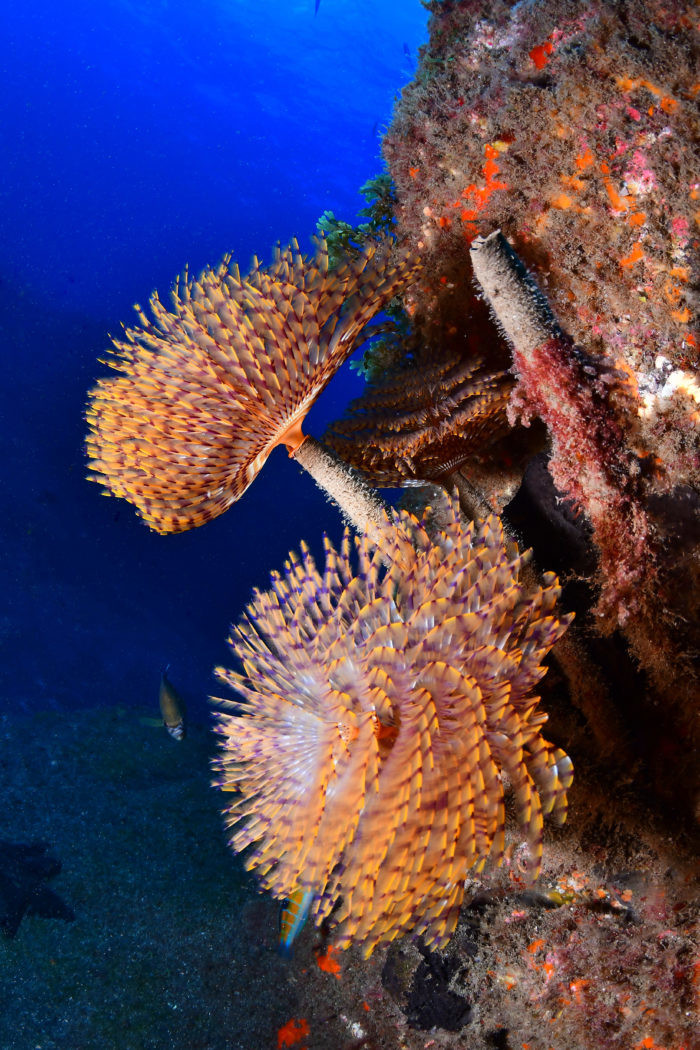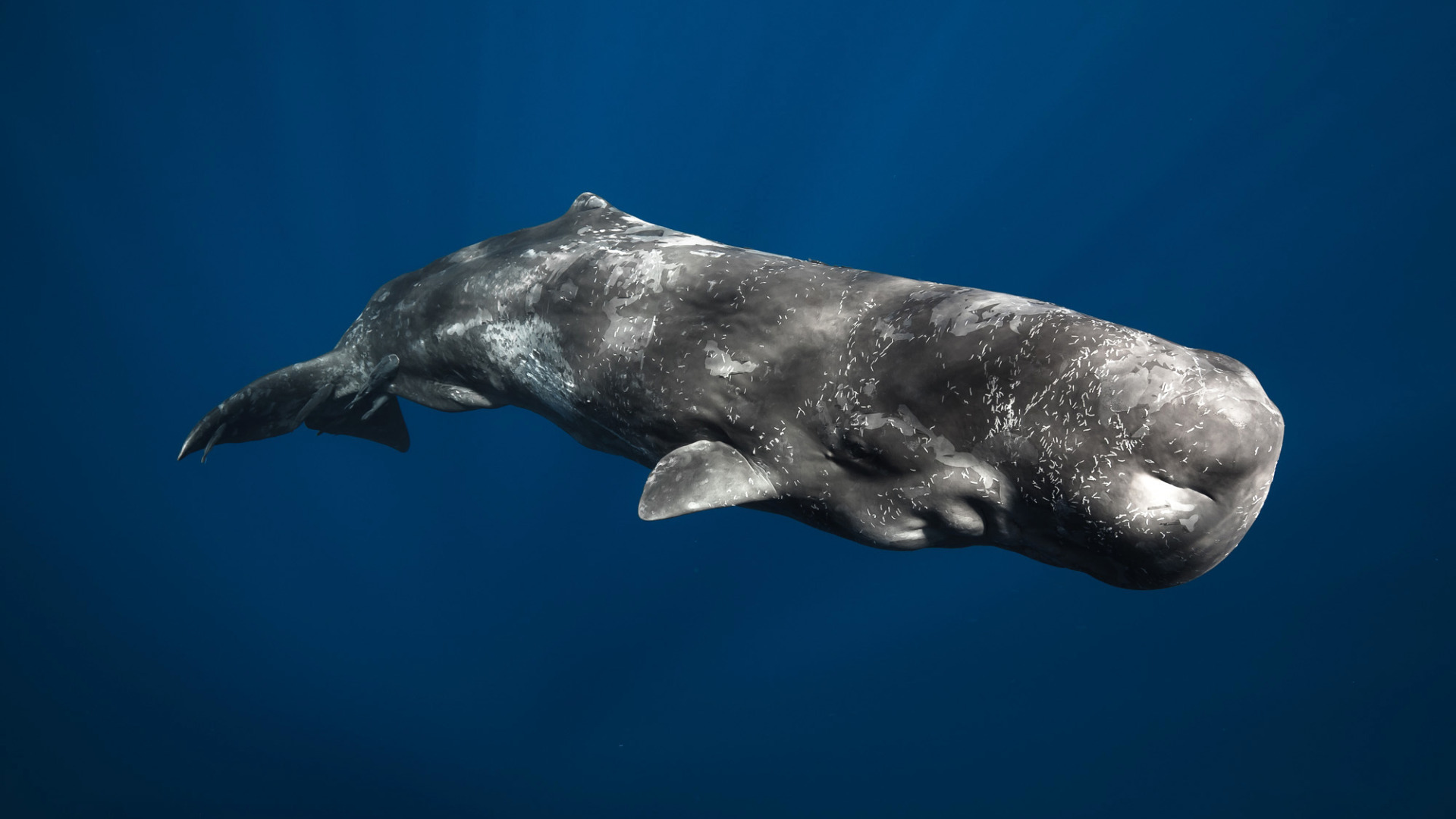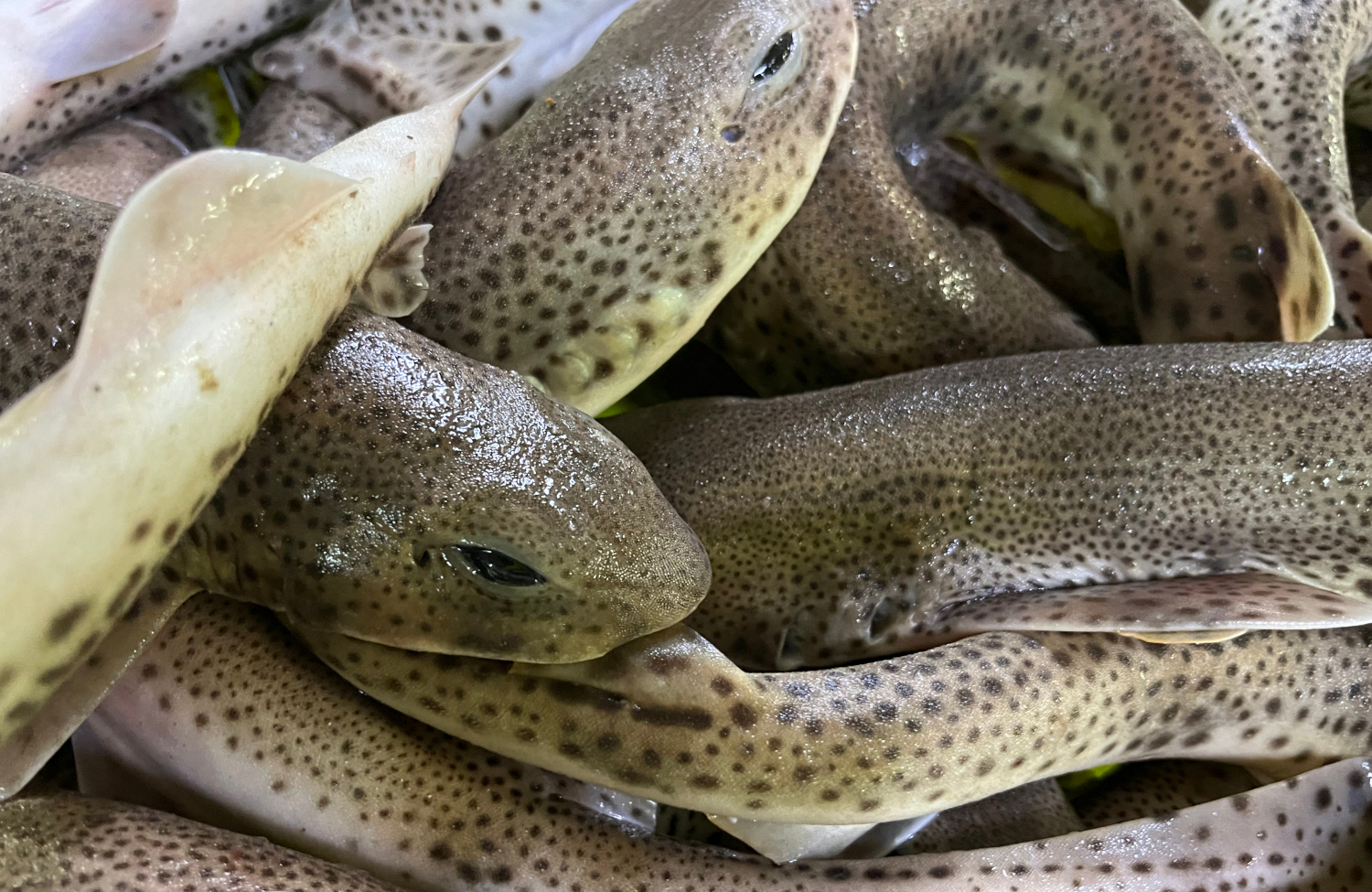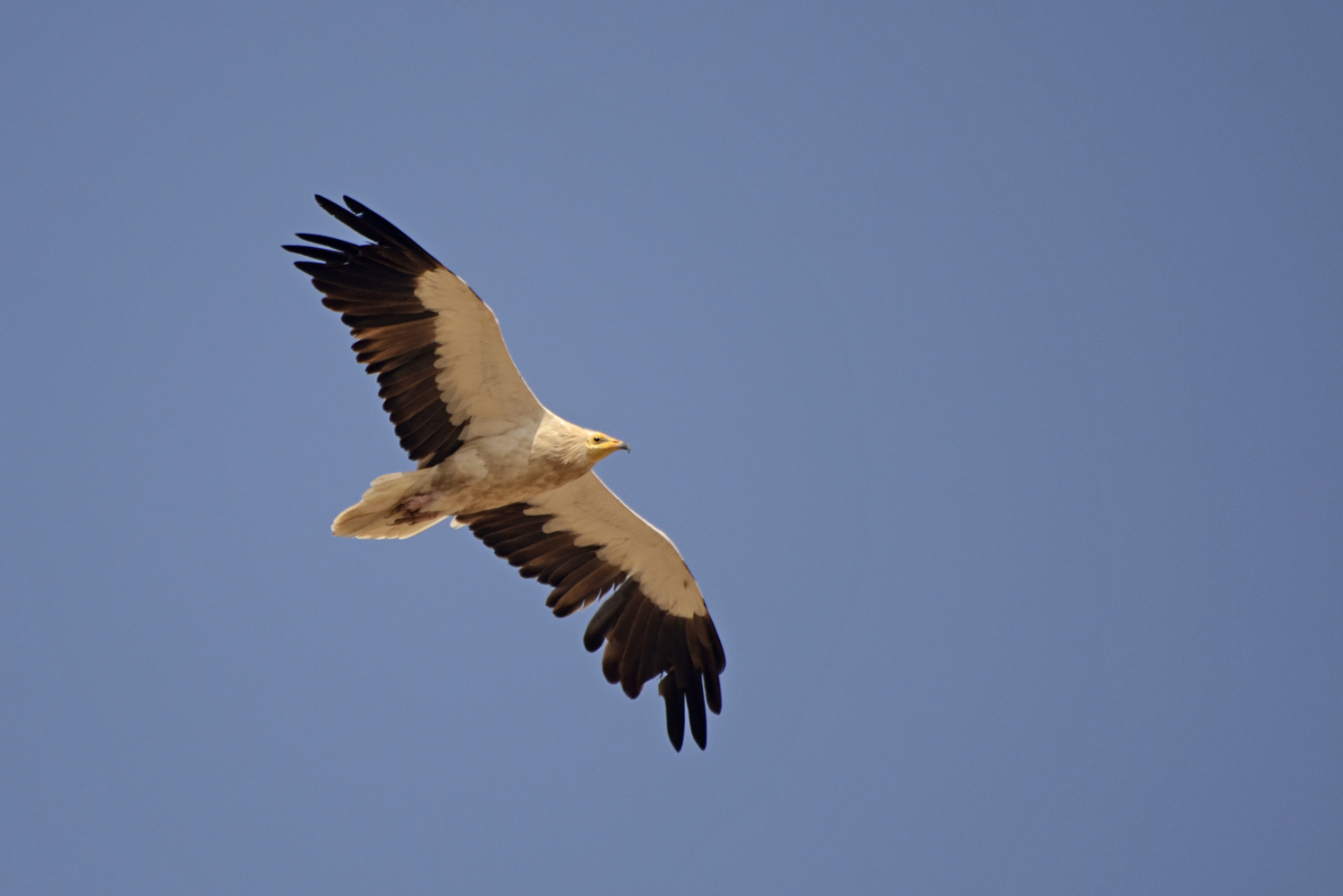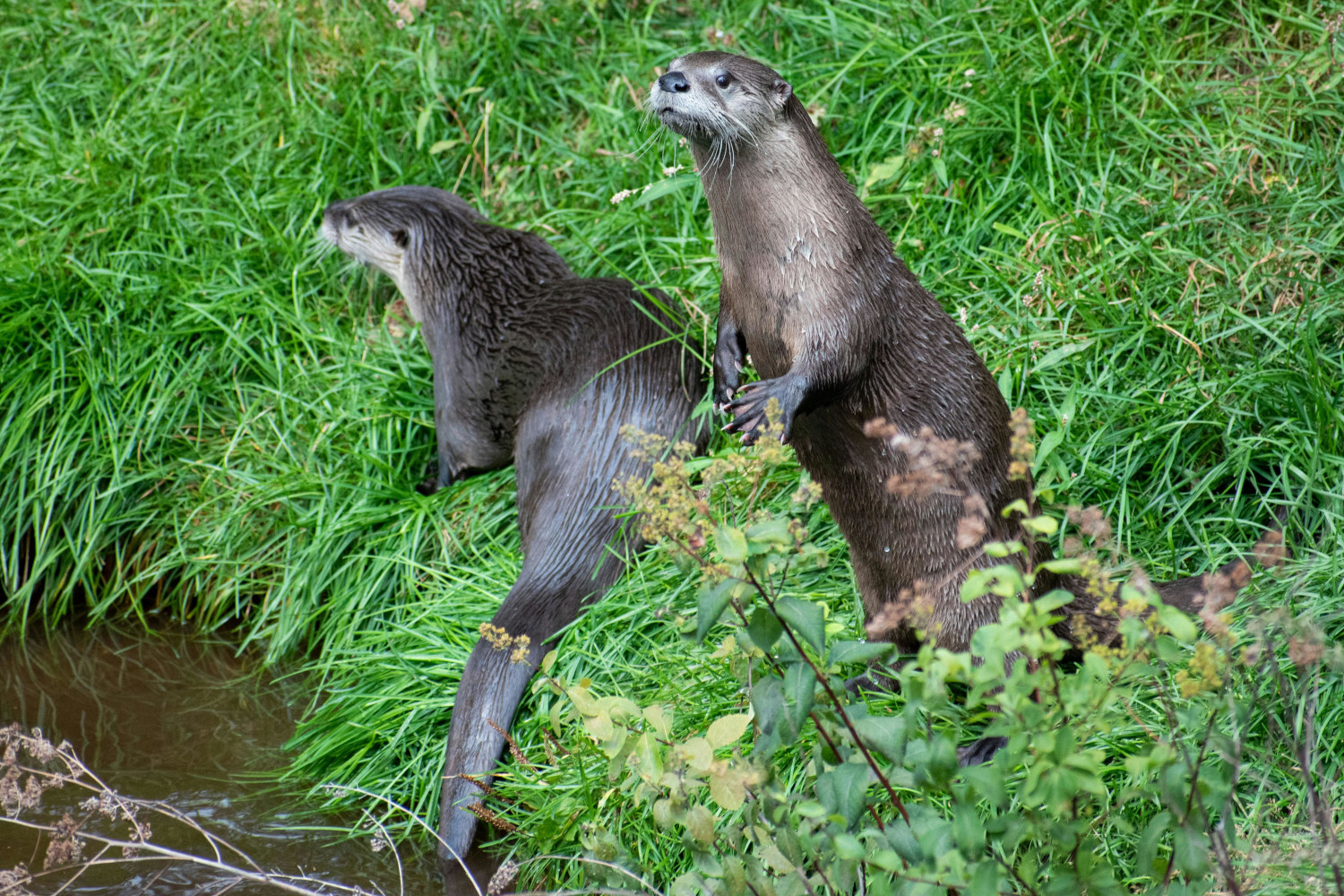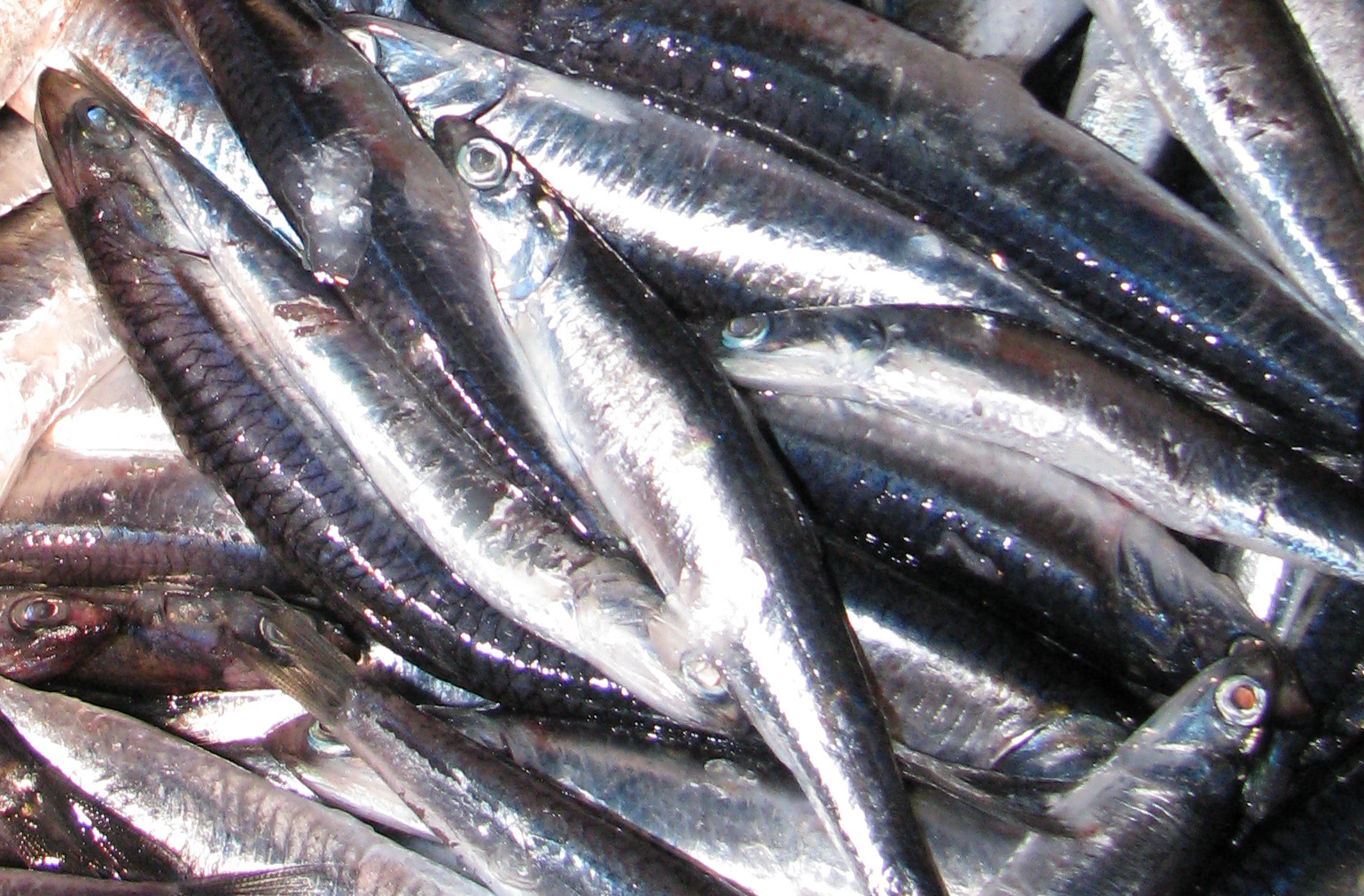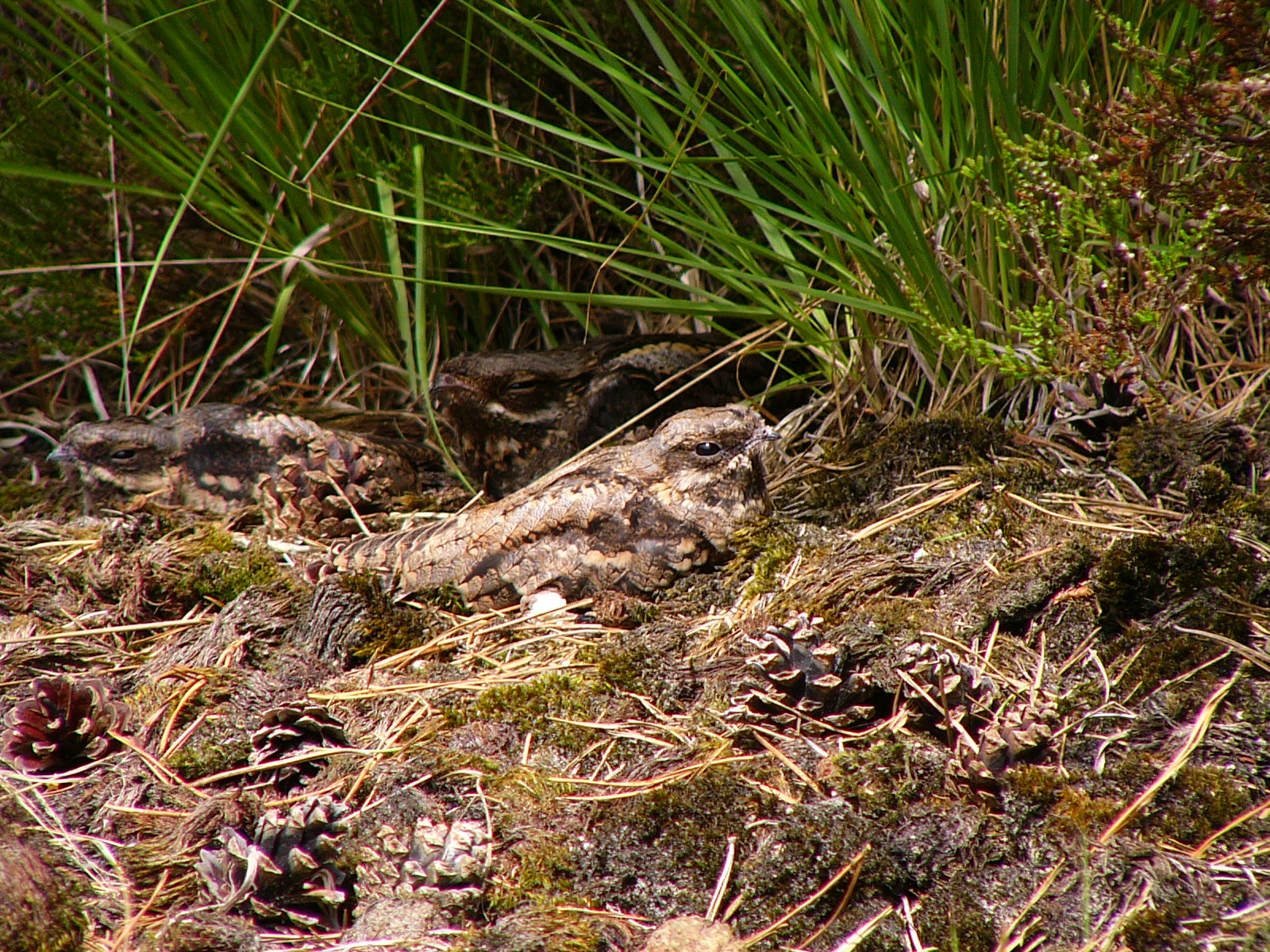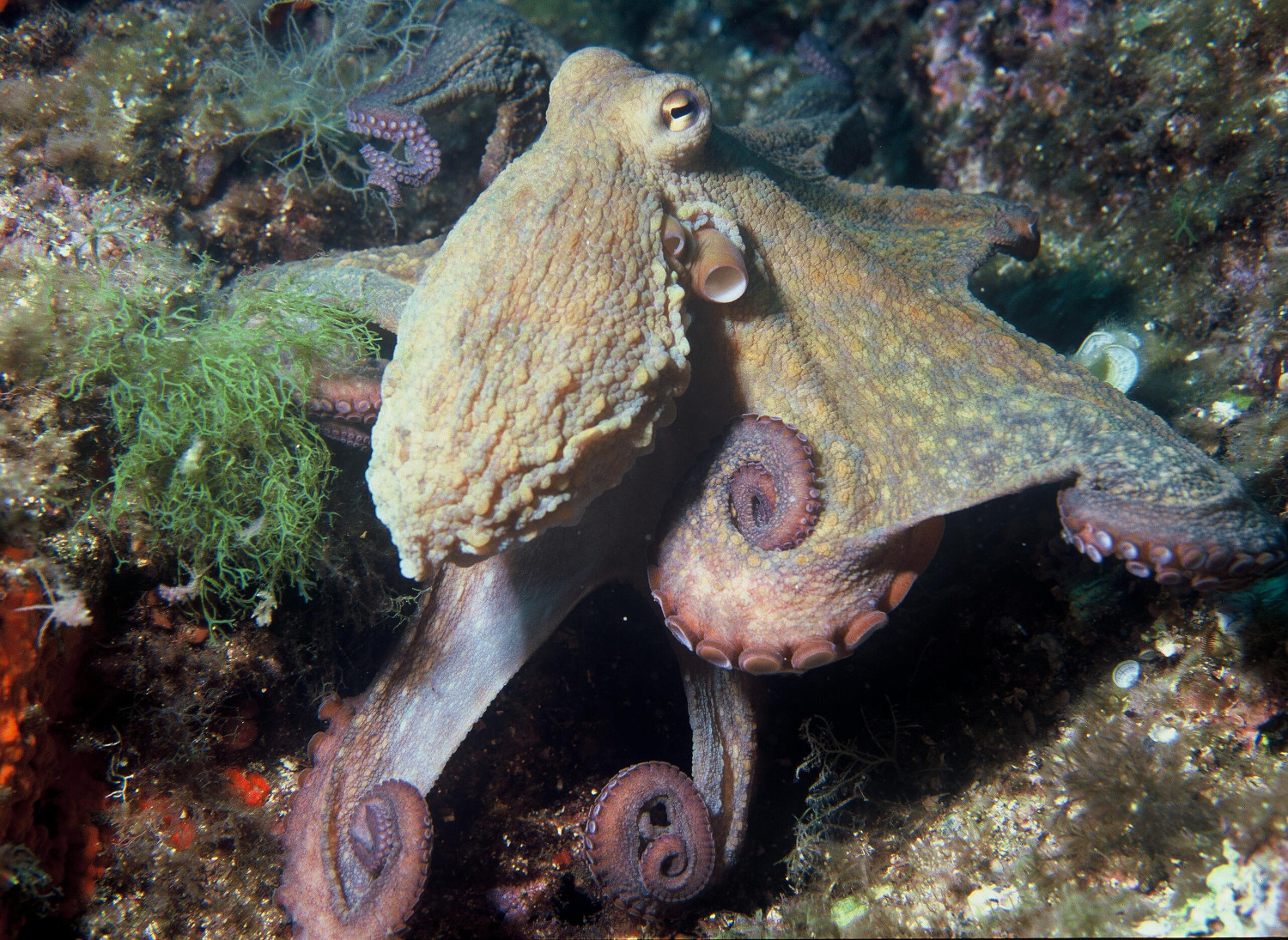The largest lizard in the Basque Country
- The body’s scales are vibrant green in color; intense and eye-catching. And they mix with them, as if they form a net, black patches, all over their backs. But the one who is transparent in the eyes of man, we shall find him in the side. In it, aligned, there are beautiful blue ocellae in the shape of a circle. Intense green, black and blue. We cannot deny that the gardacho is a lizard in an elegant dress.
THE GARDACHUS (Timon lepidus)
THE TEAM: Vertebrate / Reptilian.
THE SIZE OF: 242 mm without glue and 754,5 mm with glue included, max.
WHERE DO YOU LIVE? In dry areas. In rocky areas with vegetation.
WHAT DO YOU EAT? Mainly small vertebrates, and small mammals, reptiles and birds.
LEVEL OF PROTECTION: Special Interest Appointee in UAE.
The suit, however, is cared for by this lizard from an early age, and even when they are young they are no less numerous: they have blue and off-white ocellae, surrounded by black rings, scattered throughout the body, and the color of the body is usually uniform, with round spots even more pronounced.
Gardatxo is a lover of heat and dry. That is why, in the Basque Country, we find it in the Mediterranean area, mainly in the south of Álava and Navarre. Even in the Northern Basque Country, they have this animal at the border. In fact, on the coast of the Landes (France), it is possible to find Gardú populations among the vegetation behind the dunes. This species, widely distributed in the Iberian Peninsula, rises slightly along the Atlantic and Mediterranean coasts of France. In the Mediterranean, until you also reach Italy.
Thanks to its green body, it will go unnoticed among the vegetation, but when it appears among stones or rocks, it usually attracts attention. And that’s exactly what this lizard loves: it likes rocks and vegetation. Thus, it is often hidden under large stones to spend the night and/or during hours of intense heat to rest. However, we will also find it among the small-sized vegetation. The green will hide in the green, in the eyes of the contrarians.
But if the gardillo has anything to highlight, that's its size. No one can take away the medal of the greatest lizard in the Basque Country. It also belonged to Europe at one time, but genetic studies in recent years have determined that the Gardacho of the Sierra Nevada and our Gardacho are two species, and the title of the largest has stopped in the Sierra Nevada. You have to settle for the European silver medal.
In the Basque Country, however, we have reasons to be satisfied with the gardillo. In fact, in recent years, an unknown population has been found, in Gipuzkoa, in Araoz (Oñati). It is the first and only population to be found in this territory. Between the dry limestone walls of Araoze and near Álava, the Gardacho has found its home, but as if that were not enough, a very interesting space has also been exposed to the eyes of the researchers. In fact, the old walls of Araoze coexist with the three lizards of the Basque Country: the green lizard, the Schreiber lizard and the gardacho. We told argia.eus in this article on the website: The only meeting place for the three lizards. There is an excellent natural laboratory in the area, therefore, to study the needs of the three species and why not, to measure the effects of climate change by monitoring the lizards.
We will therefore have to be attentive to the path taken by the Gardacha in the coming years. Following in their footsteps, we may also be able to see the direction of climate change...
Itsasoan badira landareen itxura izan arren animalia harrapari diren izaki eder batzuk: anemonak. Kantauri itsasoan hainbat anemona espezie ditugun arren, bada bat, guztien artean bereziki erraz atzemateko aukera eskaintzen diguna: itsas-tomatea.
Ugaztunei eskainitako azken artikuluaren amaierako hitzak hurrengo animalia aurkezteko aitzakia paregabea dira. Bertan esaten genuen muturluzeak erreka “garbi eta txukunak” behar dituela, kutsadurarik gabeak baina elementu natural anitzekin. Animalia txiki horren... [+]
Antxoa, bokarta edo albokartia, gure arrain komertzialen artean txikiena, euskal kostaldera hurbildu da.
Katalanen ustetan artzainak engainatzen omen ditu hegazti honek: “enganyapastors”. Espainiar eta latindarrek, aldiz, ahuntzari esnea kentzen diola diote, hortik datorkio hain zuzen ere izen zientifikoan (Caprimulgus europaeus) islatzen den caprimulgus (capra... [+]
Leihatila honetan behin baino gehiagotan azaldu ditugu Ama Naturaren engainuak bere izakiak babestearren. Batzuetan, erle edo liztor itxura zuten euliak ekarri ditugu, beste batzuetan inongo arriskurik ez duten arrisku-kolorazioko intsektuak ere bai (kolorazio aposematikoa... [+]
Nekazal eremu lehor baten erdian ageri da putzua. Txikia da tamainaz, eta ez oso sakona. Egunak dira euririk egiten ez duela, baina oasi txiki honek oraindik ere aurretik bildutako urari eusten dio. Gauak eremua irentsi du eta isiltasunaren erdian kantu bakarti bat entzun da... [+]








